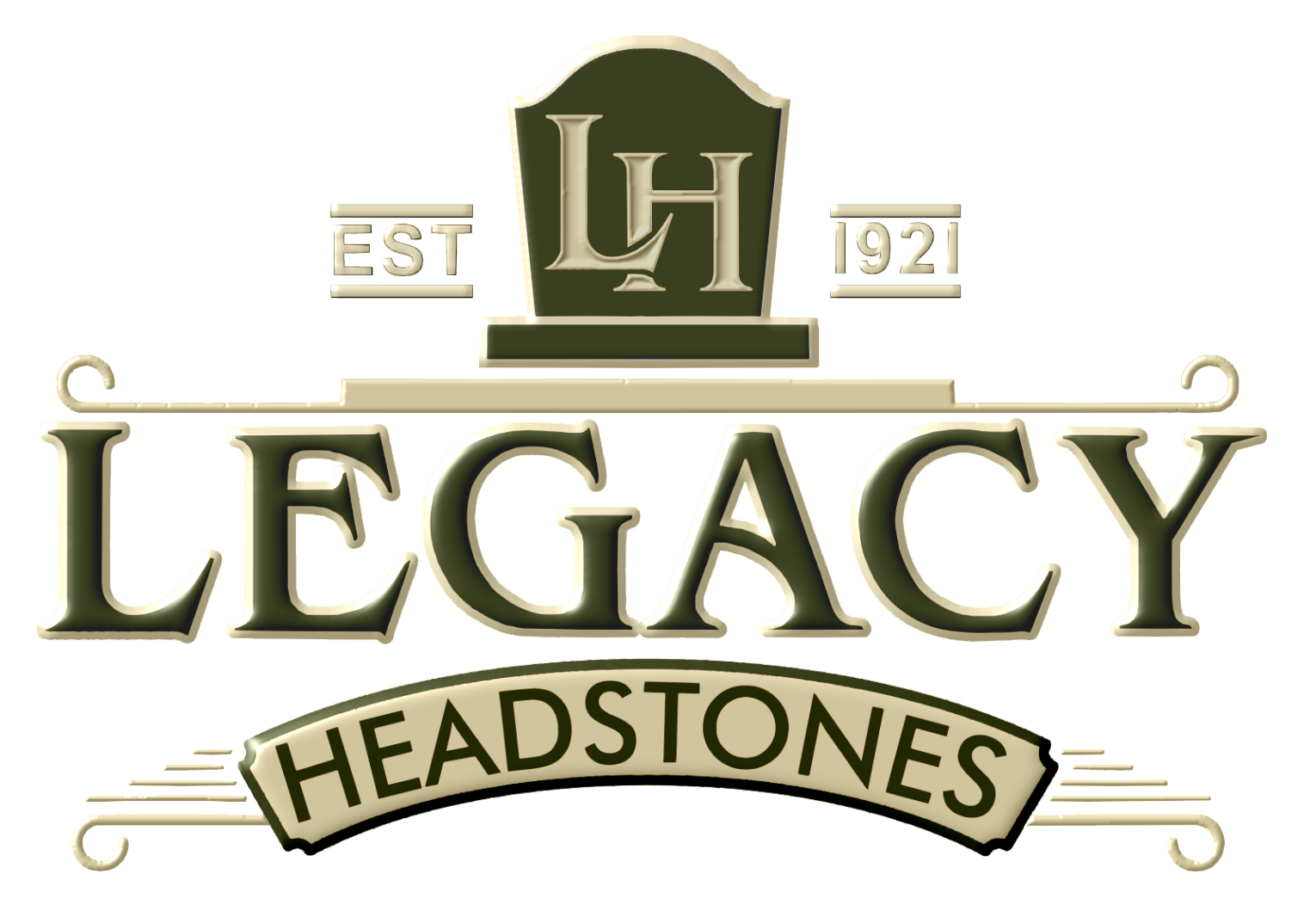Cemeteries have been a necessity almost since the United States began. Just a few years after landing on Plymouth Rock, Pilgrims established their first burial ground. That first designated memorial space can still be explored today and helped to preserve the history of how early settlers dealt with deceased loved ones. In current-day America, historians and hobbyists alike can visit over 140,000 graveyards across the country. Spending time in these cemeteries may have once been considered morbid, but many now see the value in perusing the aisles of intricate headstones. Together, we’ll look at some of the oldest and most famous historical cemeteries to give budding history lovers some bucket-list ideas.
Myles Standish Burial Ground
We would be remiss in beginning this list anywhere but in the Myles Standish Burial Ground. Established in 1638 in Duxbury, Massachusetts, this cemetery is considered the oldest maintained cemetery in the United States. Early pilgrims first used this site in 1638, 18 years after first docking the Mayflower at Plymouth Rock. Sadly, many of those first settlers are buried here, but their grave markers have been lost to time. While most of the surviving marked gravestones are from later dates, several have stood the test of time from as early as 1697. Even Captain Myles Standish himself was buried here. This was confirmed after multiple exhumations finally clearly established where he and his family rested. The site has been maintained by the Duxbury Rural Society since 1887 and was named a National Historical Site in 2015.
Charter Street Cemetery (Old Burying Point)
Arguably the oldest, though not considered the oldest maintained, cemetery in the U.S. is the Charter Street Cemetery in Salem, Massachusetts. Originally established as a private cemetery for the Wade family in 1637, the oldest remaining gravestone dates to 1683. It became a public cemetery in 1717. Visitors will find approximately 485 headstones to explore, though records suggest over 600 people were buried here. Strict rules during that era forbade slaves from being buried with gravestones, and sadly their burial sites are unknown.
While one might expect many executed settlers from the Salem Witch Trials to be buried here, this is not the case. In fact, no one who was executed at that time is buried in the Charter Street Cemetery. However, Judge John Hathorne, who sentenced and executed 19 innocent women, is buried here. Hathorne was considered the lead judge in the trials, and after never showing remorse for his verdicts, died in 1717 at the age of 76.
Saint Louis Cemetery
One of the more unique cemeteries in the United States is divided into three parts in New Orleans, Louisiana. The first section was established in 1789, less than a block from the French Quarter, due to a city-wide fire that destroyed the city’s original burying site and created an urgent need for a new one. Less than 50 years later, in 1823, the second piece of this cemetery was created just a few blocks from the first site. The third site was established a bit further away in 1854 as the additional expansion was needed. All three areas are considered historical and are more than worth exploring, but the original site holds the title as the most well-known and perhaps most visited of the three. This location boasts one of the country’s most visited tombs. The gravesite of Marie Laveau, a well-known voodoo priestess, draws hundreds of visitors to this historical cemetery each year.
Arlington National Cemetery
No list of historical cemeteries would be complete without the distinguished Arlington National Cemetery in Arlington, VA. This burial ground stretches over 200 acres and houses the graves of over 400,000 soldiers. While we know this space today for its perfectly spaced headstones and stunning memorials, it was once owned by the step-grandson of George Washington and was used during the Civil War to house federal troops. After that, in 1863, this property was used as a transitional space where formerly enslaved people could find food, medical care, and gain access to education. In 1864 the space was reallocated as a military cemetery. Today it hosts more than 3,000 military funeral services each year.
While it’s often easy to dismiss cemeteries as somber and bleak, they have a great deal of rarely examined beauty. These quiet burial grounds allow visitors to reflect on those who have come before, their families, their lives, and their history. Spending time reading headstones and appreciating their stories can give viewers a window into periods they would never have known. So consider taking a walk through your local cemetery; it might be more rewarding than you think.

